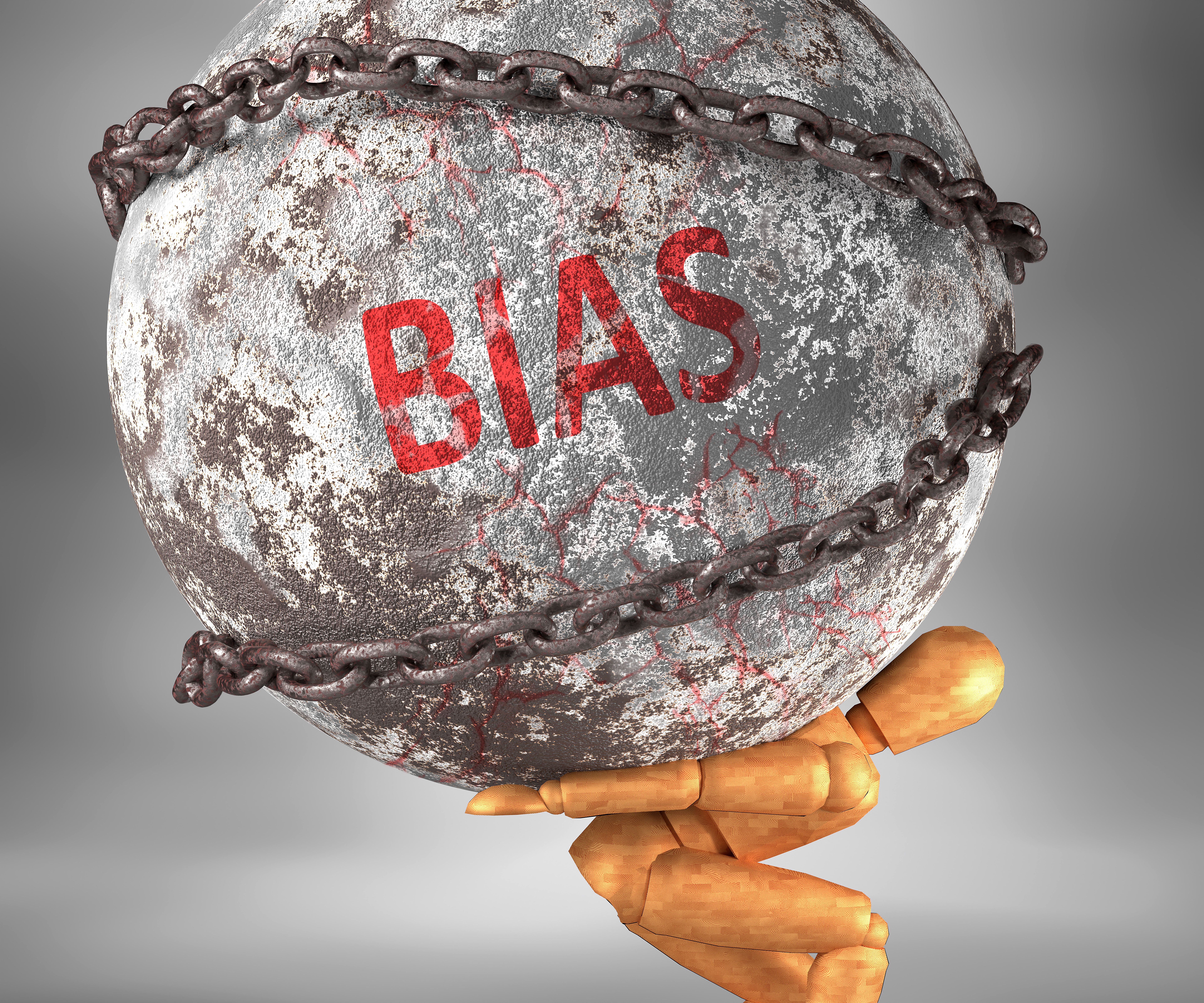Article
Women, minority groups face mistreatment in academic medicine
Author(s):
Study finds pervasive verbal and cyber harassment, other forms of incivility
The path to becoming a doctor is tough enough, but many women and members of minority groups also must overcome sexual harassment, hostility and other inappropriate conduct.
Researchers surveyed more than 800 faculty members and found harassment and mistreatment based on gender, race and sexual orientation, according to a study published in the Journal of the American Medical Association on June 6.
“High rates of sexual harassment, cyber incivility, and negative organizational climate exist in academic medicine, disproportionately affecting minoritized groups and affecting mental health,” the authors wrote. “Ongoing efforts to transform culture are necessary.”
The findings of harassment and inappropriate behavior come at a time when there is widespread agreement among health care leaders about the need for a more diverse physician workforce. Medical schools have been having more success in drawing more women and members of minority groups; women now make up more than half of all students in American medical colleges.
Still, the study indicates some women, members of minority groups and those in the LGBTQ+ community experience misconduct and harassment.
Most of the women surveyed (72%) said they had experienced gender harassment, and women were far more likely than men (45%) to report gender harassment. Women generally reported lower mental health, the authors wrote.
Reshma Jagsi, M.D., D.Phil., an Emory University researcher and the study’s lead author, said in a news release that even as more women enter medicine, “their experiences reflect marginalization.”
“These stressors lead to a lack of psychological safety, communicate unbelonging and affect mental health, compromising the vitality of these critical contingents of the professional workforce,” Jagsi told Emory University.
It's important to understand the frequency of the harassment in academic medicine in order to change the culture, she said.
Roughly one in five women (21.8%) reported hearing sexist comments, while more than a quarter of LGBTQ+ respondents (26.7%) say they’ve received sexist remarks. One in five Asian respondents (21%) said they have been subject to racist comments. Members of underrepresented groups also said they’ve had to deal with racist comments and incivility when using social media for professional reasons.
While the majority of male respondents (62%) said their salary was equitable, fewer than half of the women surveyed (46%) shared that sentiment.
Organizations that develop meaningful policies on sexual harassment, and enforce those policies, are more likely to create a positive environment, according to the authors. “The highest rates of sexual harassment occur in organizations that are perceived to tolerate such behavior,” they wrote.
A 2018 report by the National Academies of Science, Engineering, and Medicine found sexual harassment is a serious problem in academia and medicine, and said misconduct is more prevalent at institutions where there is a perceived tolerance or leadership isn’t engaged.
Institutions, including top leadership, need to take action to create a respectful environment, the researchers suggested. “These efforts must go beyond formalistic and symbolic legal compliance to engage workers from the ground up and leaders from the top down to ensure meaningful cultural change,” they wrote.
Other studies support the need for changes in the culture of academic medicine.
One out of three women faculty members (34%) said they have experienced sexual harassment within the previous 12 months, according to an August 2022 report from the Association of American Medical Colleges.






